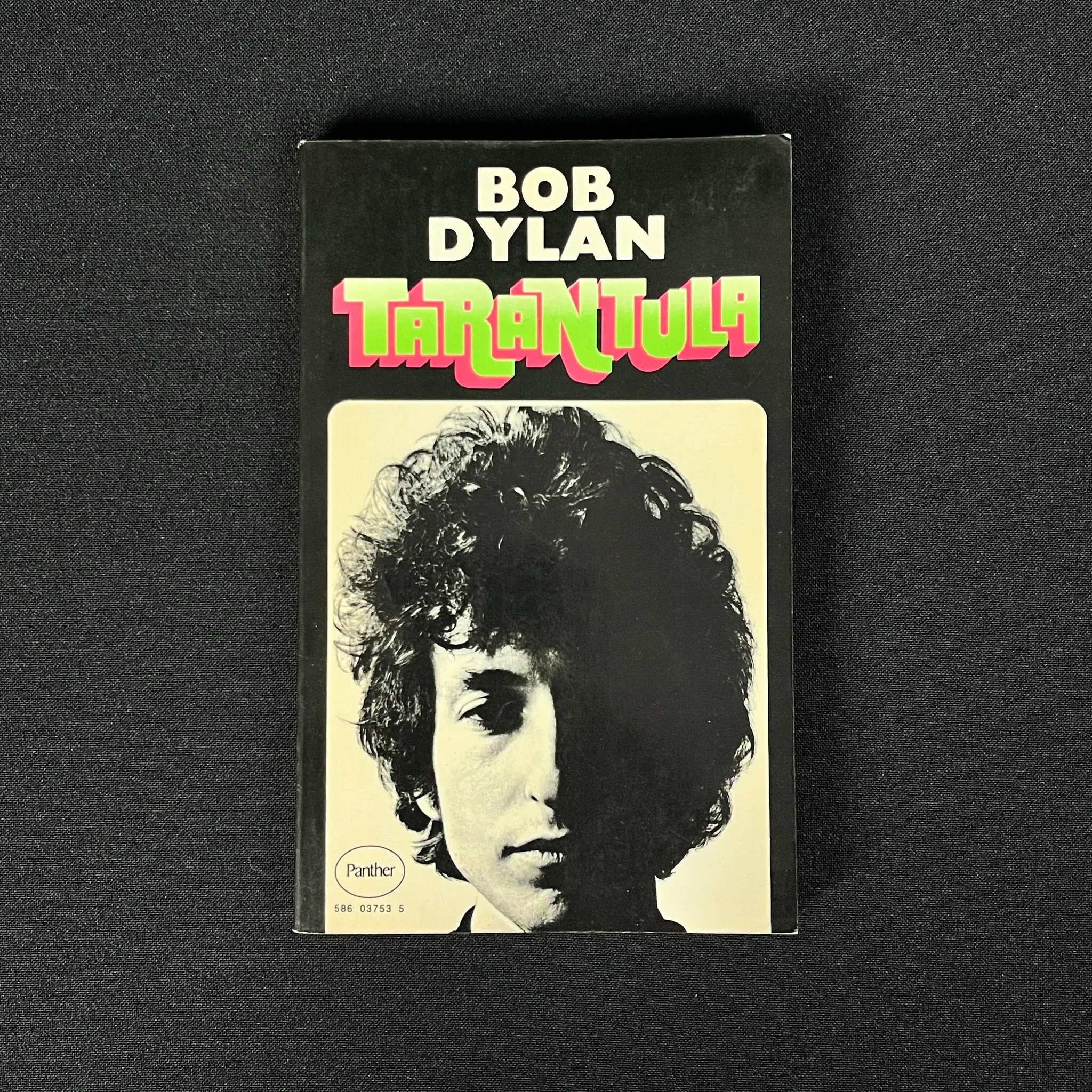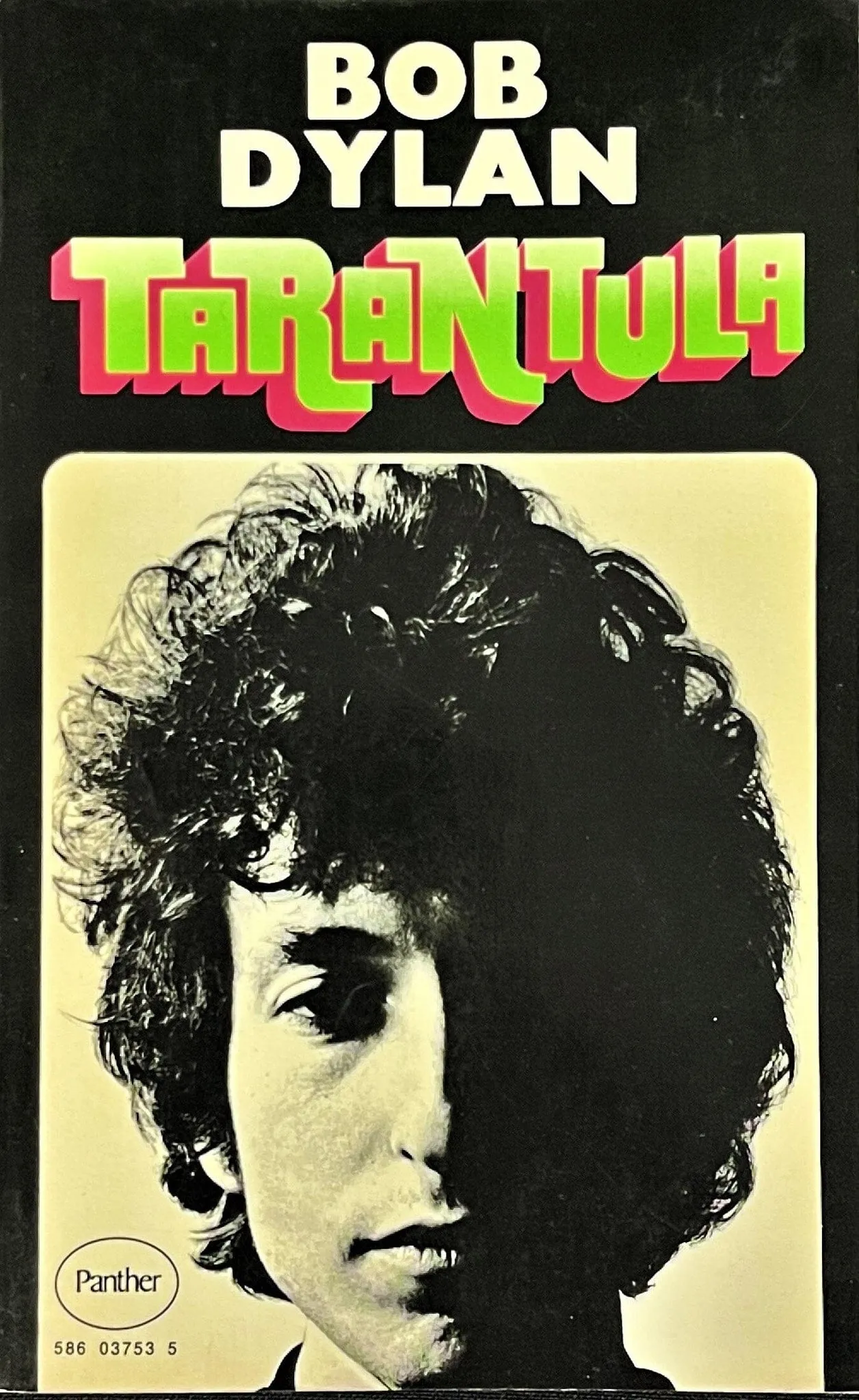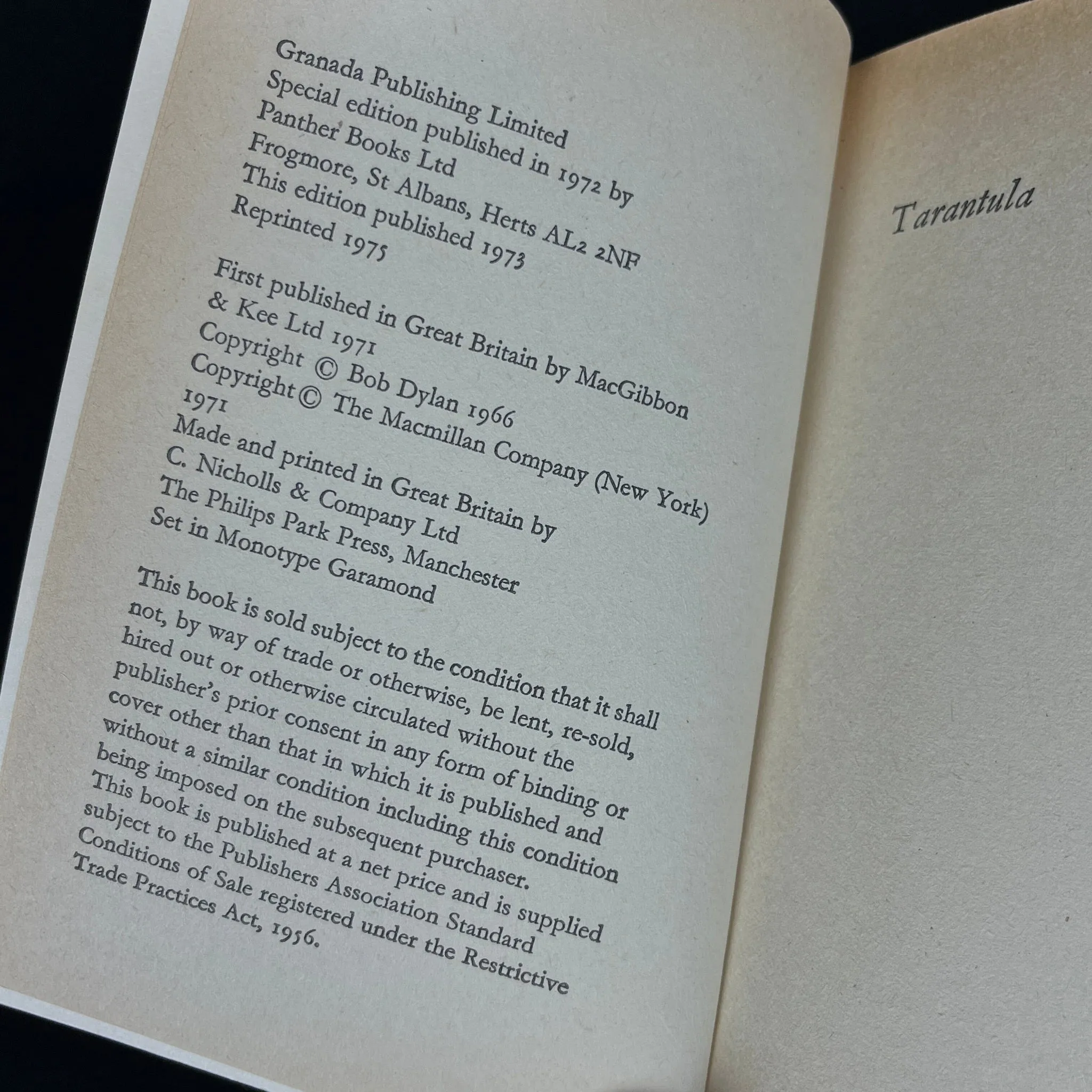What is Bob Dylan’s Tarantula?
Bob Dylan’s Tarantula is a unique and experimental prose poem, a departure from his more well-known musical endeavors. Published in 1971, it’s a collection of fragmented thoughts, surreal imagery, and stream-of-consciousness writing. This literary work provides insights into Dylan’s creative process and his perspective on life, art, and the ever-changing world around him. It’s a challenging read, often described as avant-garde, but it’s also a rewarding one for those willing to delve into its depths. Tarantula is more than just a book it’s an experience, a window into the mind of a cultural icon, revealing a different side of Dylan that is as complex and intriguing as his music. Its publication, after years of anticipation, marked a significant moment in Dylan’s career, demonstrating his commitment to exploring diverse artistic expressions beyond music.
The Literary Style and Influence
The literary style of Tarantula is characterized by its unconventional structure and language. Dylan draws heavily on stream-of-consciousness, a technique popularized by modernist writers like James Joyce and Virginia Woolf. This method allows for a free flow of thoughts, often jumping between seemingly unrelated ideas, creating a sense of spontaneity and rawness. The influence of Beat poets is also evident, with its emphasis on free verse, non-conformity, and exploration of counter-cultural themes. These elements, combined with Dylan’s unique voice, create a literary tapestry that is both challenging and captivating. The book embraces a collage-like approach, incorporating elements of poetry, prose, and even song lyrics, reflecting the multifaceted nature of Dylan’s artistic vision.
Experimental Narrative Techniques

Tarantula’s narrative techniques are highly experimental. Dylan avoids traditional plot structures and instead presents a series of vignettes, fragments, and observations. He utilizes wordplay, puns, and neologisms to create a unique linguistic landscape. The text frequently shifts perspective, employing multiple voices and tones, adding to the book’s enigmatic character. This experimental approach mirrors the book’s thematic concerns with identity, perception, and reality. Dylan breaks from conventional storytelling, choosing to engage the reader in a more active, interpretative role. This style challenges the reader to assemble meaning from the fragments, fostering a sense of discovery and participation. The use of fragmented narratives creates a deliberate sense of disarray.
Key Themes Explored
Tarantula explores a range of profound themes, often reflecting the cultural and social upheaval of the 1960s and 70s. Dylan’s words delve into the essence of human connection, dissecting the complexities of love and relationships. He also grapples with the nature of reality, questioning perception, and the impact of societal influences. The book frequently touches upon themes of alienation, identity, and the search for meaning. Through his unique blend of words and imagery, Dylan explores the human condition. This allows readers to connect with the emotions and experiences. The themes of Tarantula are timeless, offering a fresh perspective on enduring human questions, inviting readers to contemplate their own experiences in the world.
Love and Relationships
Love and relationships are central to Tarantula, explored through a lens of both intimacy and distance. Dylan’s prose captures the joys, complexities, and vulnerabilities inherent in human connections. The book delves into the fleeting nature of relationships. It highlights the search for meaningful connections within a rapidly changing world. Dylan uses evocative language to portray the intensity of emotions, often juxtaposing moments of tenderness with instances of heartbreak. Tarantula presents a kaleidoscope of relationships, from the intimate bonds of couples to broader human interactions. He emphasizes the importance of communication, understanding, and the inevitable challenges that come with forming and maintaining relationships. The book’s exploration of love is ultimately a testament to the enduring power of human connection.
The Nature of Reality

In Tarantula, Dylan delves into the nature of reality itself, blurring the lines between what is real and what is perceived. He challenges the reader’s understanding of the world, inviting them to question the nature of truth, illusion, and perception. His work incorporates surreal imagery, dreamlike sequences, and fragmented thoughts. This creates an atmosphere of ambiguity and uncertainty. He suggests that reality is subjective and fluid, shaped by individual experiences, cultural influences, and the ever-changing stream of consciousness. Dylan’s exploration of reality reflects the era’s broader philosophical and artistic movements, which challenged traditional notions of objectivity and rationality. Ultimately, Tarantula urges readers to consider how they construct their understanding of the world.
Impact and Legacy of Tarantula
Tarantula had a significant, though sometimes controversial, impact on both literature and Dylan’s own career. Upon its release, it was met with mixed reviews, as some critics and fans struggled with its unconventional style and fragmented nature. However, over time, the book has garnered increasing recognition for its innovative approach to writing and its insights into the artist’s mind. The book helped solidify Dylan’s reputation as a multifaceted artist. It influenced later writers and artists who embraced experimental and boundary-pushing forms of expression. Tarantula remains a testament to the power of artistic freedom and the ability to challenge convention. It stands as a unique contribution to the literary landscape.
Critical Reception and Analysis
Critical reception of Tarantula was initially divided. Some critics celebrated Dylan’s courage and originality, recognizing the book’s literary merits. Others found it obscure and self-indulgent, struggling to decipher its meaning and purpose. The book has since become a subject of scholarly study, with literary critics offering diverse interpretations of its themes, techniques, and significance. Some scholars focus on the book’s autobiographical elements, seeing it as a reflection of Dylan’s personal experiences and artistic development. Others analyze its experimental techniques, highlighting its influence on postmodern literature. The critical analysis of Tarantula continues to evolve, demonstrating its enduring impact on literature.
Dylan’s Influence on Literature

Dylan’s Tarantula, along with his songwriting, has had a discernible impact on literature. His willingness to experiment with language and form inspired other artists to break free from conventional literary structures. His style can be seen in the works of writers who embrace stream-of-consciousness, surrealism, and Beat poetry. He demonstrated that a musician could be a serious literary figure, encouraging other artists to explore diverse forms of creative expression. Dylan’s literary influence goes beyond stylistic imitation. It extends to his thematic concerns: his exploration of identity, social commentary, and the human condition. Tarantula remains an important example of a boundary-pushing work of literature.
Why Read Tarantula Today?
Reading Tarantula today offers a unique opportunity to delve into the mind of an artistic genius. It is an opportunity to see Dylan’s unique artistic vision. The book’s experimental style continues to challenge and inspire, making it a relevant and stimulating read. For fans of Dylan’s music, Tarantula provides a deeper understanding of his creative process. It offers a window into his world. The themes are timeless, making it a relevant exploration of human experience. Reading Tarantula is an adventure. It requires patience, but the reward lies in the depth of insights. Ultimately, reading Tarantula is an immersion in a world of words and ideas. This is a must for those wishing to gain a deeper understanding of a musical and literary legend.
